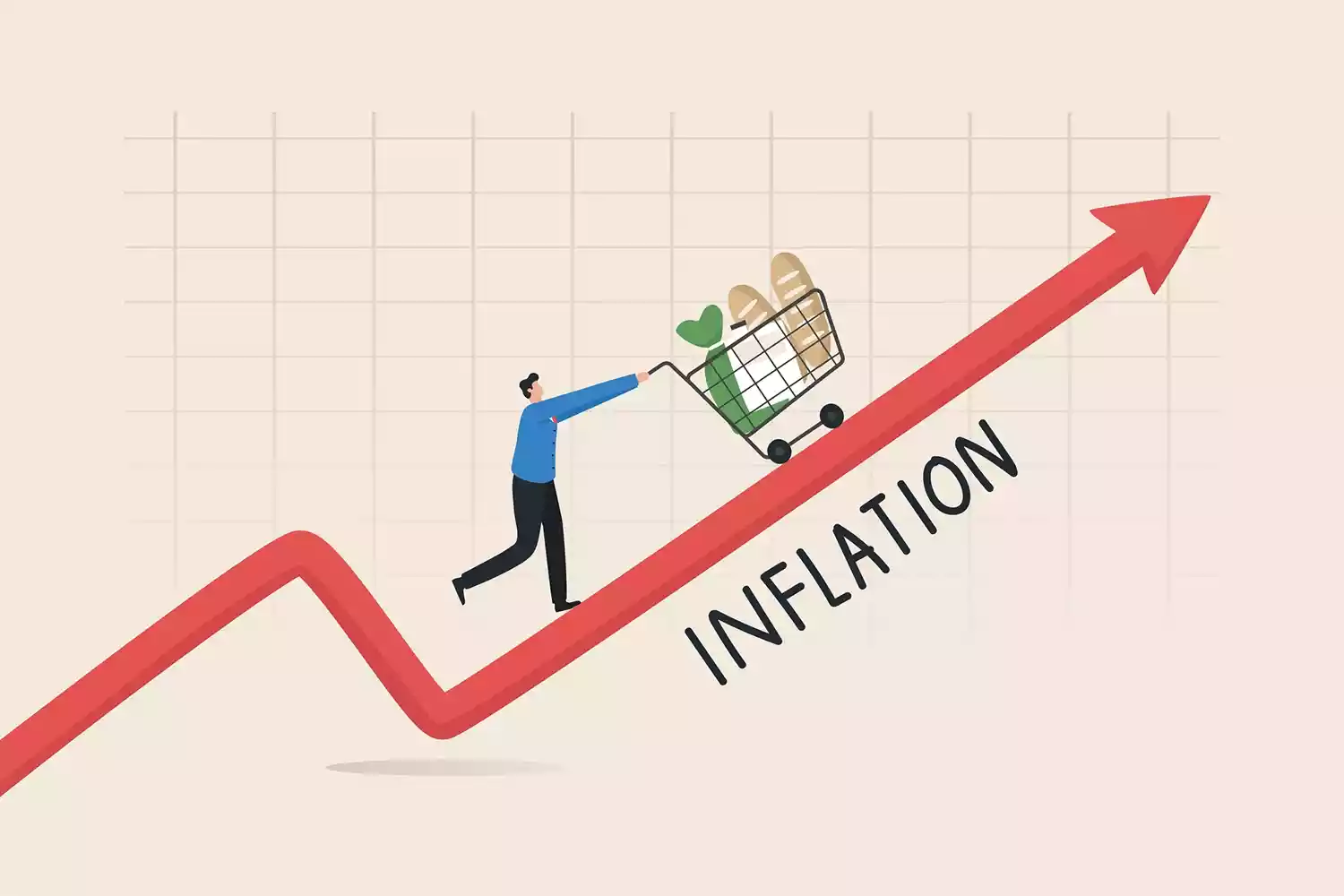
It never rains but pours for Zimbabwe which is once again facing the devastating effects of hyperinflation, a crisis that has become a norm with each successive year. For 2024, the country has been served by an early menu of rampant inflation in January, with an over 50% monthly increase in ZWL terms.
The country, which has a long history of economic instability, is once again grappling with skyrocketing prices and a rapidly depreciating currency, with the former being a direct reaction to the latter. Hyperinflation occurs when the prices of goods and services rise at an extremely high rate over a specific period of time, leading to a loss of purchasing power for consumers. In Zimbabwe, this has been a recurring problem for decades, with the most severe episode occurring in 2008 when the country experienced one of the highest hyperinflation rates in history. As a background, ZIMSTAT released a blended consumer price index that included the ZWL consumer price index with the USD consumer pricing index in June of 2020, accounting for Zimbabwe's dual currency price structure. Fast forward in February 2023, Zimbabwe formally adopted the blended inflation measure as the official metric, ending its dependence only on the Zimbabwean dollar (ZWL) to compute inflation.
Furthermore, in September 2023, ZIMSTAT made substantial changes to the methodology used to compute the weighted Consumer Price Index, replacing the arithmetic aggregation of elementary indices with a more advanced geometric aggregation method which resulted in rebasing of blended inflation.
In a bid to manage the impression around the country’s crisis and preventing ‘speculative inflation’, the government suspended the publishing of ZWL inflation, opting for a blended inflation which included a heavier weight of the hard currency, US$, following a shift in currency mix in favour of the greenback.
According to inhouse computations at Equity Axis, the ZWL headline inflation reached an alarming level of 746.9% in January 2024 after rising by 54.4% in the month to a CPI of 141,701.17. Meanwhile, blended inflation reached 120.7% after rising 6.6% in the month
However, the segregated US$ inflation fell by -3% in January, which reflects the rampant effect of the ZWL component in blended rate. The rampant skyrocketing of ZWL prices can be attributable to value-chasing in real terms since the economy has largely dollarized, leading to indexing of prices in US$.
This means any movement in ZWL-US$ exchange rate is reflected on the ZWL pricing which is indexed to the greenback. In January, the ZWL depreciated by -40% on the interbank market against the US$, which is then reflected on prices as traders avoid exchange losses arising from currency devaluation.
The ZWL devaluation has been exacerbated by increased money supply following the payment of government contractors in ZWL, bonus payment, as well as budgetary imbalances between expected spend and the fiscal position of the country.
- Thousands flee economic mess
- ZimStat undertakes to pay enumerators
- One stitch in time saves nine
- 'Apostolic sects frustrating fight against measles'
Keep Reading
Drawing upon the latest monthly economic review by the Reserve Bank of Zimbabwe (RBZ), it is evident that on a year-on-year basis, the broad money supply (RM) has expanded by a staggering 1886%, whereas the money supply aggregate (M3) has grown by 793%.
External economic pressures amid a looming El Nino drought have also largely contributed to the need to flex the monetary policy in the fourth quarter of 2023, which has led to increased demand for a hard currency (US$) for value preservation, hence heightened exchange losses and subsequently a rise in prices.
The government's excessive spending and borrowing have led to an unsustainable fiscal deficit. While external factors such as global supply chain disruptions and fluctuating commodity prices have further exacerbated the situation.
Without decisive action, the country risks further economic deterioration and social unrest given a looming drought which is poised to further weigh down on the economy in the country and the region.
- Duma is a financial analyst and accountant at Equity Axis, a leading media and financial research firm in Zimbabwe. — [email protected] or [email protected], Twitter: TWDuma_










